A historical tour of the Kootenays
Have you seen the historical gems in your own hometown?
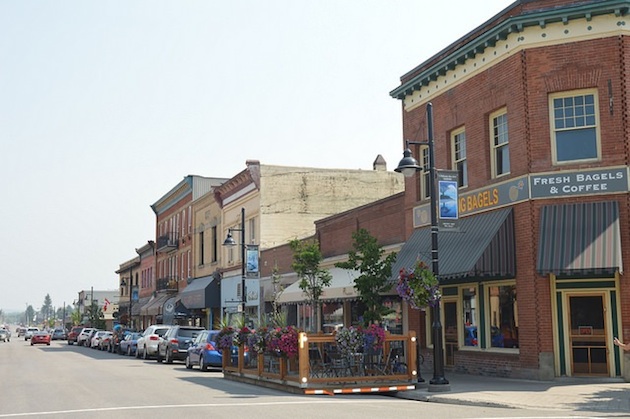
Downtown Fernie — Kim Gonzalez photo
Downtown Fernie
Anyone would enjoy an afternoon strolling down Fernie’s main street, stopping in to the shops, galleries and eateries. But history buffs will especially enjoy examining the fine brick buildings on Second Avenue as well as the imposing courthouse just a few blocks away.
Fernie basically burned down twice in the early 1900s, so the city decided to made brick construction mandatory. Notable buildings include City Hall, the Fernie Heritage Library and the Arts Station—a former Canadian Pacific railway station now housing gallery space, performance space and a restaurant.
If you want to learn more about history in Fernie and the Elk Valley, stop in to the Fernie Museum. It’s located in a grand old bank that was built in 1910 and was restored by local volunteers. Pick up the museum’s booklet about a heritage walking tour of Fernie and go on a walkabout in the past.
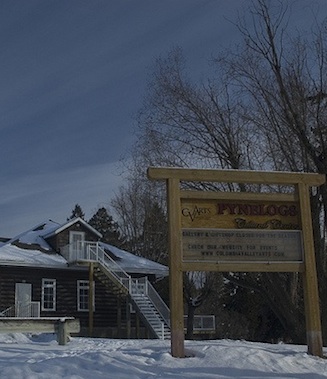
Pynelogs in the winter — Kris Lindblatt photo
Pynelogs Cultural Centre
While you’re soaking up the sun at Kinsmen Beach in Invermere, spare a glance at the nearby building known as Pynelogs. These days it serves as the home of the local arts council, hosting exhibitions and workshops all year round and welcoming visitors to its summertime cafe.
The history of this building is heartbreakingly romantic. It’s named for the ancestral home of Lady Elizabeth Northcote Bruce, who came to Invermere as a bride in 1914. She was living on a houseboat on Lake Windermere when she died of appendicitis and never got to live in her new house. Explore the garden and find the small plaque dedicated to Lady Elizabeth’s memory.

A rustic barn at the Doukhobor Museum in Castlegar — Brendan
Explore Doukhobor culture in Castlegar
The Doukhobor settlers had a huge impact on the West Kootenay. This pacifist movement originated in Russia, and thousands of its members moved to the region in the early 1900s. In and around Castlegar are a couple of must-see sites for those who want to know more about Doukhobor history.
The Doukhobor Discovery Centre is a museum and information centre located just south of Castlegar on the site of an old orchard. This is a reconstruction of a typical Doukhobor village, complete with displays of housing, clothing and traditional crafts. The village is open during the summer months.
Just south of Castlegar is the Brilliant Suspension Bridge, built mostly by hand over 100 years ago. It crossed the Kootenay River about six kilometres north of Castlegar and is a testament to the work ethic of the Doukhobors, who lived and worked communally. Declared a National Historic Site in 1995, the bridge was restored by volunteers at the time of its 100th anniversary in 2013. The surrounding site has been developed into a park by the Regional District of Central Kootenay.
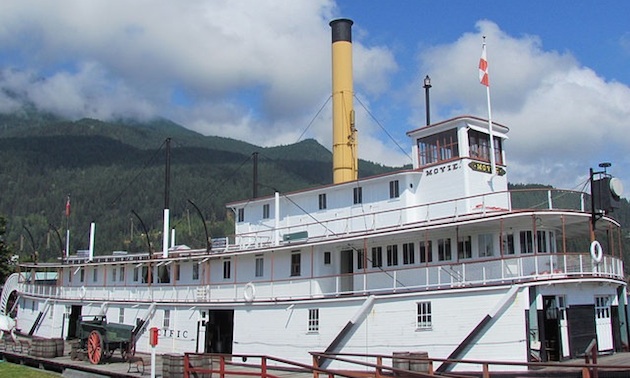
SS Moyie at Kaslo — Kim Shellborn photo
SS Moyie
Kootenay Lake and the surrounding mountains provide a stunning setting for the village of Kaslo, 70 kilometres north of Nelson on Kootenay Lake. If you can tear yourself away from the view, you might want to check out the SS Moyie National Historic Site. Set up on the downtown beach, this boat is billed as “the world’s oldest intact passenger sternwheeler.”
Before highways and rail lines connected every corner of the region, boats like the Moyie were used to deliver people and goods up and down the reaches of Kootenay Lake. The SS Moyie went into service back in 1898. When the paddlewheeler was finally retired in the 1950s, some long-sighted locals purchased the ship and worked to restore it.
In 2015, self-guided tours of the S.S. Moyie are available every day of the week from 10 a.m. to 5 p.m. until October 12.
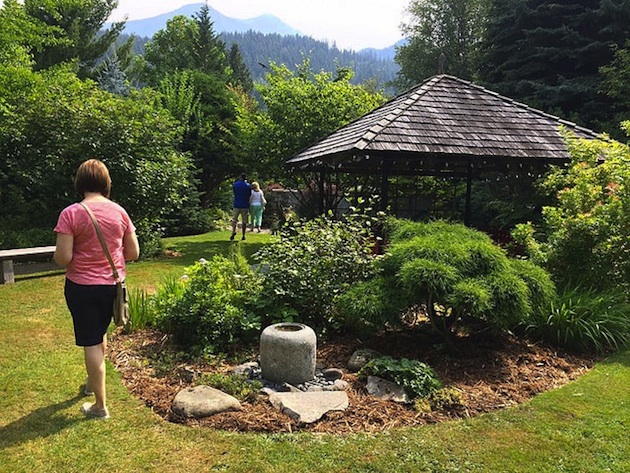
Kohan Reflection Garden, New Denver — Kerry Shellborn photo
New Denver’s Japanese gardens
It’s a sad fact of British Columbia history that thousands of Japanese Canadians were interned in the Slocan Valley during the Second World War. The personal side of that history is powerfully displayed at the Nikkei Internment Memorial Centre in New Denver, open from May to September.
A soothing sight after contemplating the not-so-distant past is the traditional Japanese garden at the Nikkei site. It’s called the Peace Garden and was designed by Tomomichi Sumi, who was himself a wartime internee.
At the south end of town is the Kohan Reflection Garden, created in the Japanese style by local volunteers. Garden structures like a traditional teahouse and gracefully curved bridge make this a pleasant place for a stroll, while the backdrop of Slocan Lake and towering mountains make it a great place to sit and meditate. The garden is always open; entrance is by donation.



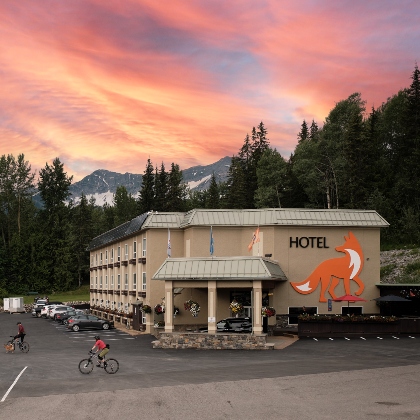

Comments